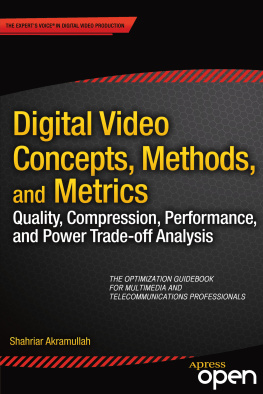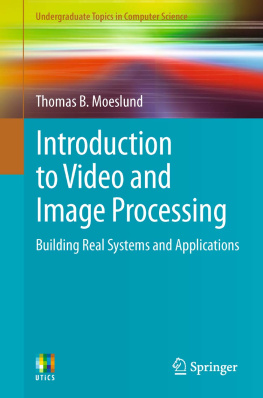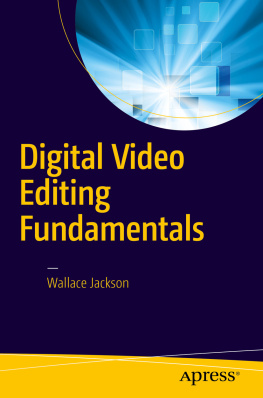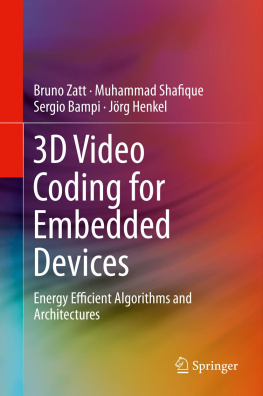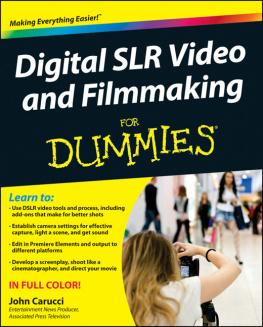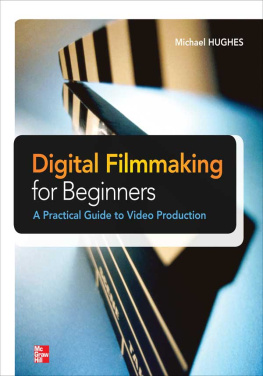1. Introduction
Over the past decade, countless multimedia functionalities have been added to mobile devices. For example, front and back video cameras are common features in todays cellular phones. Further, there has been a race to capture, process, and display ever-higher resolution video, making this an area that vendors emphasize and where they actively seek market differentiation. These multimedia applications need fast processing capabilities, but those capabilities come at the expense of increased power consumption. The battery life of mobile devices has become a crucial factor, whereas any advances in battery capacity only partly address this problem. Therefore, the futures winning designs must include ways to reduce the energy dissipation of the system as a whole. Many factors must be weighed and some tradeoffs must be made.
Granted, high-quality digital imagery and video are significant components of the multimedia offered in todays mobile devices. At the same time, there is high demand for efficient, performance- and power-optimized systems in this resource-constrained environment. Over the past couple of decades, numerous tools and techniques have been developed to address these aspects of digital video while also attempting to achieve the best visual quality possible. To date, though, the intricate interactions among these aspects had not been explored.
In this book, we study the concepts, methods, and metrics of digital video. In addition, we investigate the options for tuning different parameters, with the goal of achieving a wise tradeoff among visual quality, performance, and power consumption. We begin with an introduction to some key concepts of digital video, including visual data compression, noise, quality, performance, and power consumption. We then discuss some video compression considerations and present a few video coding usages and requirements. We also investigate the tradeoff analysisthe metrics for its good use, its challenges and opportunities, and its expected outcomes. Finally, there is an introductory look at some emerging applications. Subsequent chapters in this book will build upon these fundamental topics.
The Key Concepts
This section deals with some of the key concepts discussed in this book, as applicable to perceived visual quality in compressed digital video, especially as presented on contemporary mobile platforms.
Digital Video
The term video sequence refers to the visual information captured by a camera, and it usually is applied to a time-varying sequence of pictures. Originating in the early television industry of the 1930s, video cameras were electromechanical for a decade, until all-electronic versions based on cathode ray tubes (CRT) were introduced. The analog tube technologies were then replaced in the 1980s by solid-state sensors, particularly CMOS active pixel sensors, which enabled the use of digital video.
Early video cameras captured analog video signals as a one-dimensional, time-varying signal according to a pre-defined scanning convention. These signals would be transmitted using analog amplitude modulation, and they were stored on analog video tapes using video cassette recorders or on analog laser discs using optical technology. The analog signals were not amenable to compression; they were regularly converted to digital formats for compression and processing in the digital domain.
Recently, use of all-digital workflow encompassing digital video signals from capture to consumption has become widespread, particularly because of the following characteristics:
It is easy to record, store, recover, transmit, and receive, or to process and manipulate, video thats in digital format; its virtually without error, so digital video can be considered just another data type for todays computing systems.
Unlike analog video signals, digital video signals can be compressed and subsequently decompressed. Storage and transmission are much easier in compressed format compared to uncompressed format.
With the availability of inexpensive integrated circuits, high-speed communication networks, rapid-access dense storage media, advanced architecture of computing devices, and high-efficiency video compression techniques, it is now possible to handle digital video at desired data rates for a variety of applications on numerous platforms that range from mobile handsets to networked servers and workstations.
Owing to a high interest in digital video, especially on mobile computing platforms, it has had a significant impact on human activities; this will almost certainly continue to be felt in the future, extending to the entire area of information technology.
Video Data Compression
It takes a massive quantity of data to represent digital video signals. Some sort of data compression is necessary for practical storage and transmission of the data for a plethora of applications. Data compression can be lossless , so that the same data is retrieved upon decompression. It can also be lossy , whereby only an approximation of the original signal is recovered after decompression. Fortunately, the characteristic of video data is such that a certain amount of loss can be tolerated, with the resulting video signal perceived without objection by the human visual system. Nevertheless, all video signal-processing methods and techniques make every effort to achieve the best visual quality possible, given their system constraints.
Note that video data compression typically involves coding of the video data; the coded representation is generally transmitted or stored, and it is decoded when a decompressed version is presented to the viewer. Thus, it is common to use the terms compression/decompression and encoding/decoding interchangeably. Some professional video applications may use uncompressed video in coded form, but this is relatively rare.
A codec is composed of an encoder and a decoder. Video encoders are much more complex than video decoders are. They typically require a great many more signal-processing operations; therefore, designing efficient video encoders is of primary importance. Although the video coding standards specify the bitstream syntax and semantics for the decoders, the encoder design is mostly open.
Chapter 2 has a detailed discussion of video data compression, while the important data compression algorithms and standards can be found in .
Noise Reduction
Although compression and processing are necessary for digital video, such processing may introduce undesired effects, which are commonly termed distortions or noise . They are also known as visual artifacts . As noise affects the fidelity of the users received signal, or equivalently the visual quality perceived by the end user, the video signal processing seeks to minimize the noise. This applies to both analog and digital processing, including the process of video compression.
In digital video, typically we encounter many different types of noise. These include noise from the sensors and the video capture devices, from the compression process, from transmission over lossy channels, and so on. There is a detailed discussion of various types of noise in .
Visual Quality
Visual quality is a measure of perceived visual deterioration in the output video compared to the original signal, which has resulted from lossy video compression techniques. This is basically a measure of the quality of experience (QoE) of the viewer. Ideally, there should be minimal loss to achieve the highest visual quality possible within the coding system.

